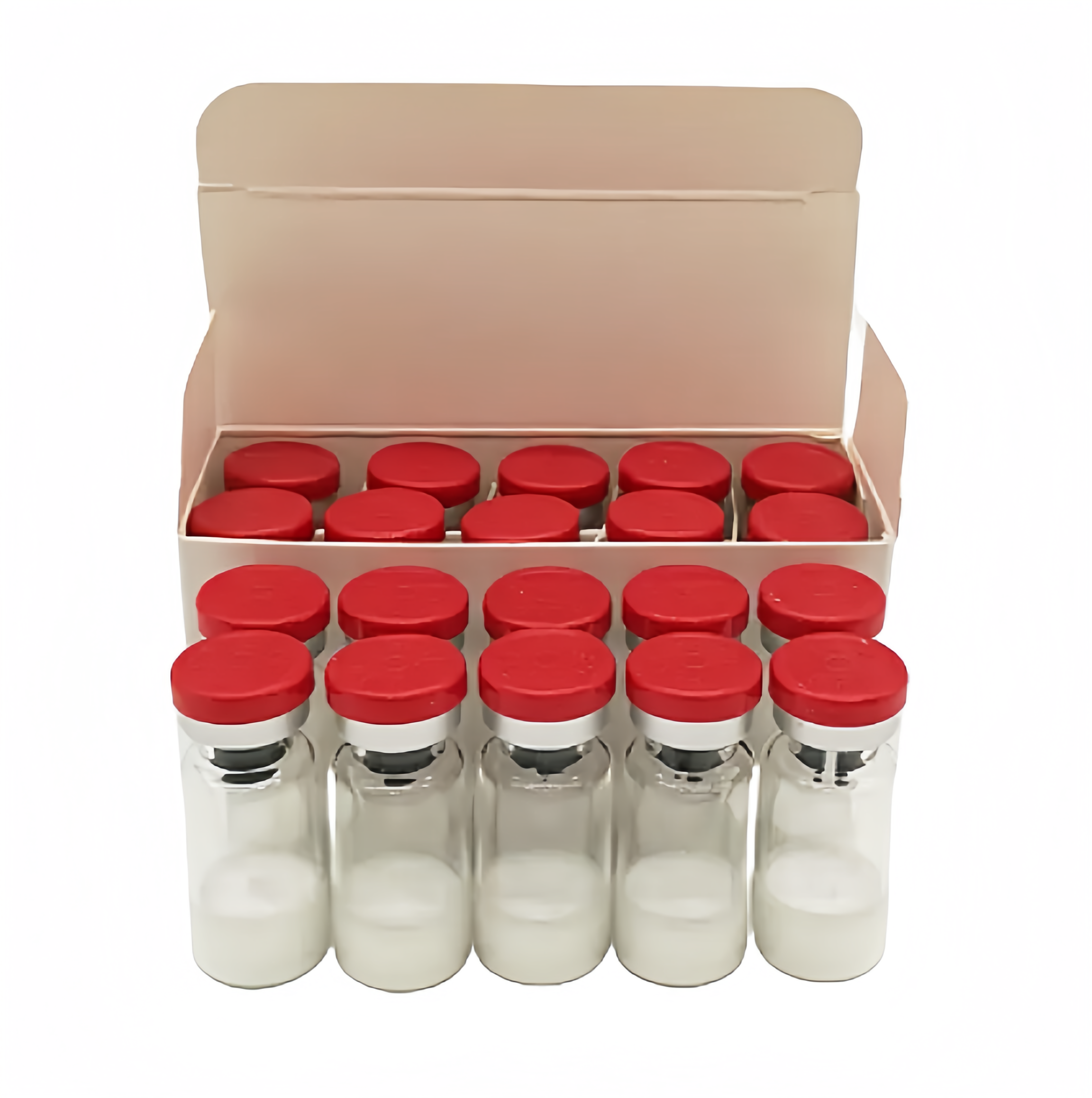-
Categories
-
Pharmaceutical Intermediates
-
Active Pharmaceutical Ingredients
-
Food Additives
- Industrial Coatings
- Agrochemicals
- Dyes and Pigments
- Surfactant
- Flavors and Fragrances
- Chemical Reagents
- Catalyst and Auxiliary
- Natural Products
- Inorganic Chemistry
-
Organic Chemistry
-
Biochemical Engineering
- Analytical Chemistry
-
Cosmetic Ingredient
- Water Treatment Chemical
-
Pharmaceutical Intermediates
Promotion
ECHEMI Mall
Wholesale
Weekly Price
Exhibition
News
-
Trade Service
CEPHAELINE HYDROCHLORIDE: UPSTREAM AND DOWNSTREAM PRODUCTS
Cephaeline hydrochloride, with the molecular formula C14H18ClNO3, is an antibiotic drug used to treat a wide range of bacterial infections.
It belongs to the cephalosporin family of antibiotics, which are known for their broad-spectrum activity against Gram-positive and Gram-negative bacteria.
Cephaeline hydrochloride is synthesized through a complex chemical process that involves several steps, including the synthesis of the precursor molecule cephalosporin C.
In this article, we will discuss the upstream and downstream products involved in the production of cephaeline hydrochloride.
UPSTREAM PRODUCTS
The upstream products are the raw materials and intermediates required for the synthesis of cephaeline hydrochloride.
The following are the key upstream products involved in the production of cephaeline hydrochloride:
- raw materials: The raw materials required for the synthesis of cephaeline hydrochloride include precursors such as salicylic acid, phenylalanine, and aminophenol.
These raw materials are derived from natural sources, such as willow bark or synthesized through chemical processes. - cephalosporin C: Cephalosporin C is an intermediate molecule in the synthesis of cephaeline hydrochloride.
It is synthesized through a series of chemical reactions involving the condensation of salicylic acid and phenylalanine.
DOWNSTREAM PRODUCTS
The downstream products are the finished products that are produced using cephaeline hydrochloride as a raw material.
The following are the key downstream products involved in the production of cephaeline hydrochloride:
- Pharmaceutical Formulations: Cephaeline hydrochloride is used as a raw material to produce various pharmaceutical formulations, including capsules, tablets, suspensions, and powders.
These formulations are designed to ensure that the drug is effectively absorbed by the body and reaches the site of the infection. - Cephalosporin Antibiotics: Cephaeline hydrochloride is converted into other cephalosporin antibiotics using chemical reactions.
These antibiotics are used to treat a wide range of bacterial infections, including pneumonia, meningitis, and skin infections.
OTHER RELATED PRODUCTS
In addition to pharmaceutical formulations and other cephalosporin antibiotics, there are several other products that are derived from or used in the production of cephaeline hydrochloride.
These products include:
- Intermediates: Intermediates are molecules that are used in the synthesis of cephaeline hydrochloride and other chemical products.
These intermediates can be synthesized through chemical reactions or produced through biotechnological processes. - Precursors: Precursors are raw materials that are used in the synthesis of cephaeline hydrochloride.
These precursors can be derived from natural sources or synthesized through chemical processes. - Testing reagents: Testing reagents are used to test the purity, efficacy, and safety of cephaeline hydrochloride and other pharmaceutical products.
These reagents can be used to perform various tests, such as drug compatibility tests, impurity tests, and dissolution tests.
In conclusion, the production of cephaeline hydrochloride involves several upstream and downstream products, including raw materials, intermediates, precursors, and pharmaceutical formulations.
These products are used in the synthesis, testing, and application of cephaeline hydrochloride, which is an important antibiotic drug







